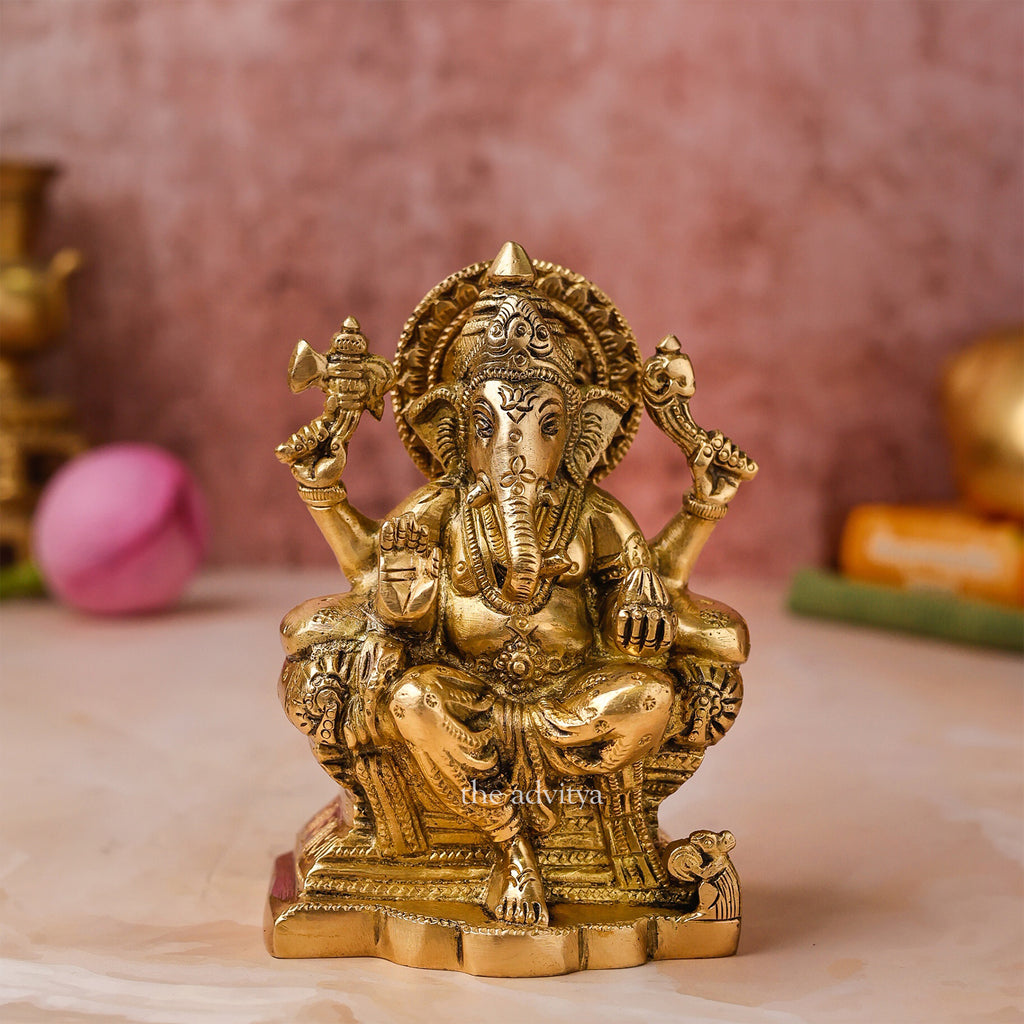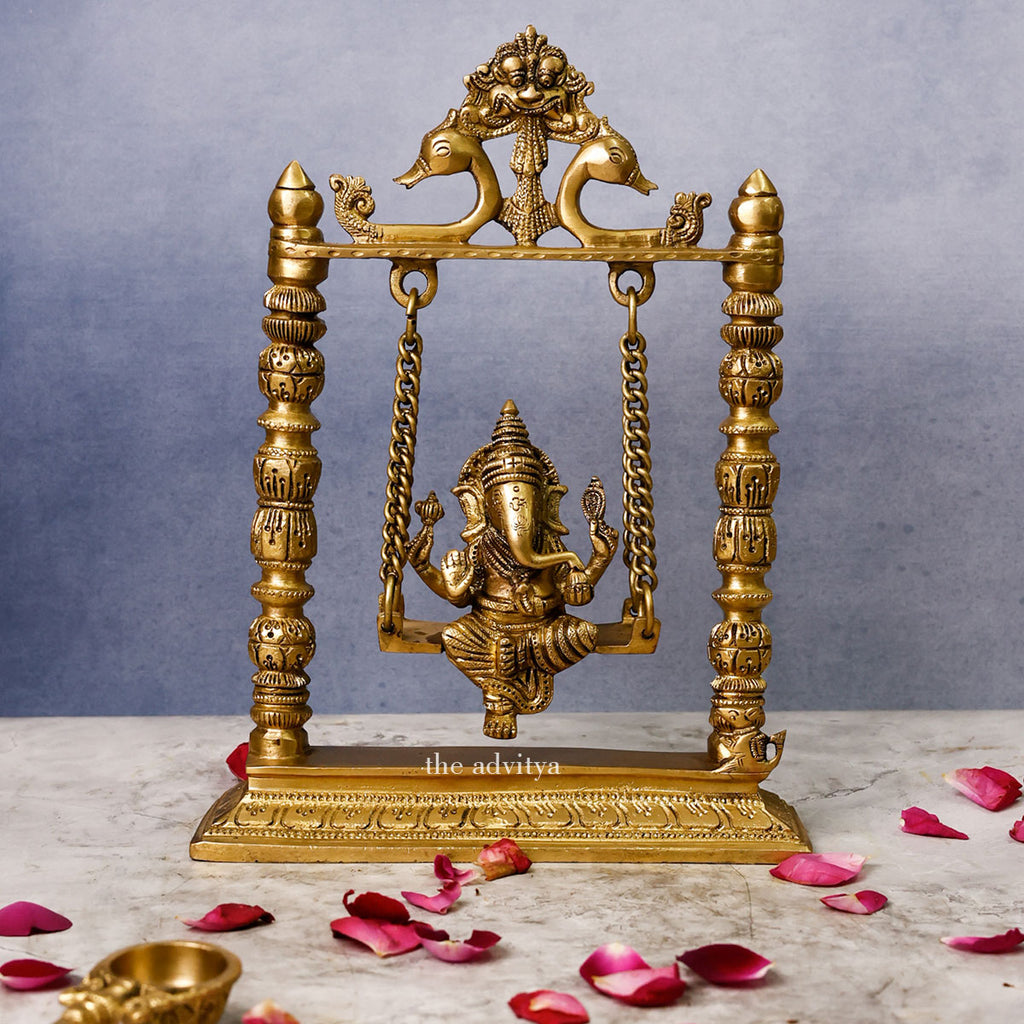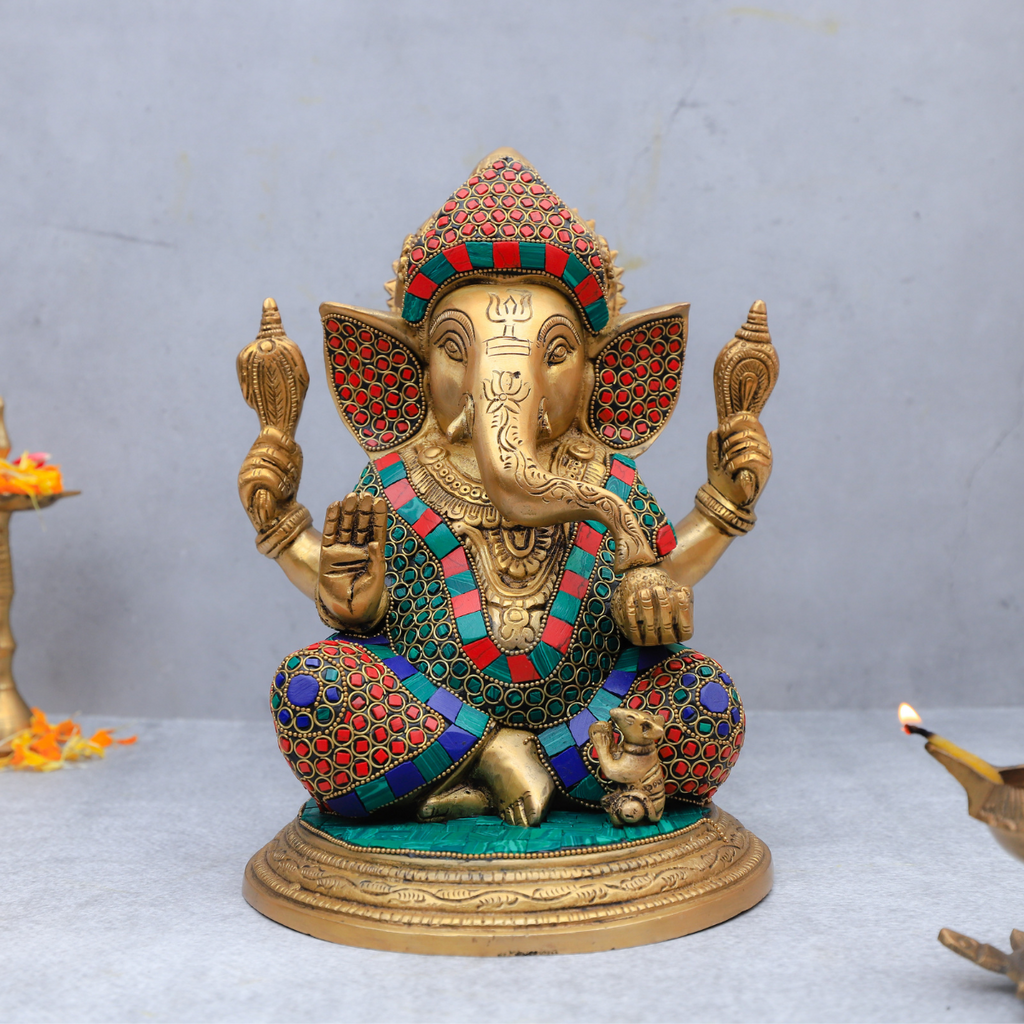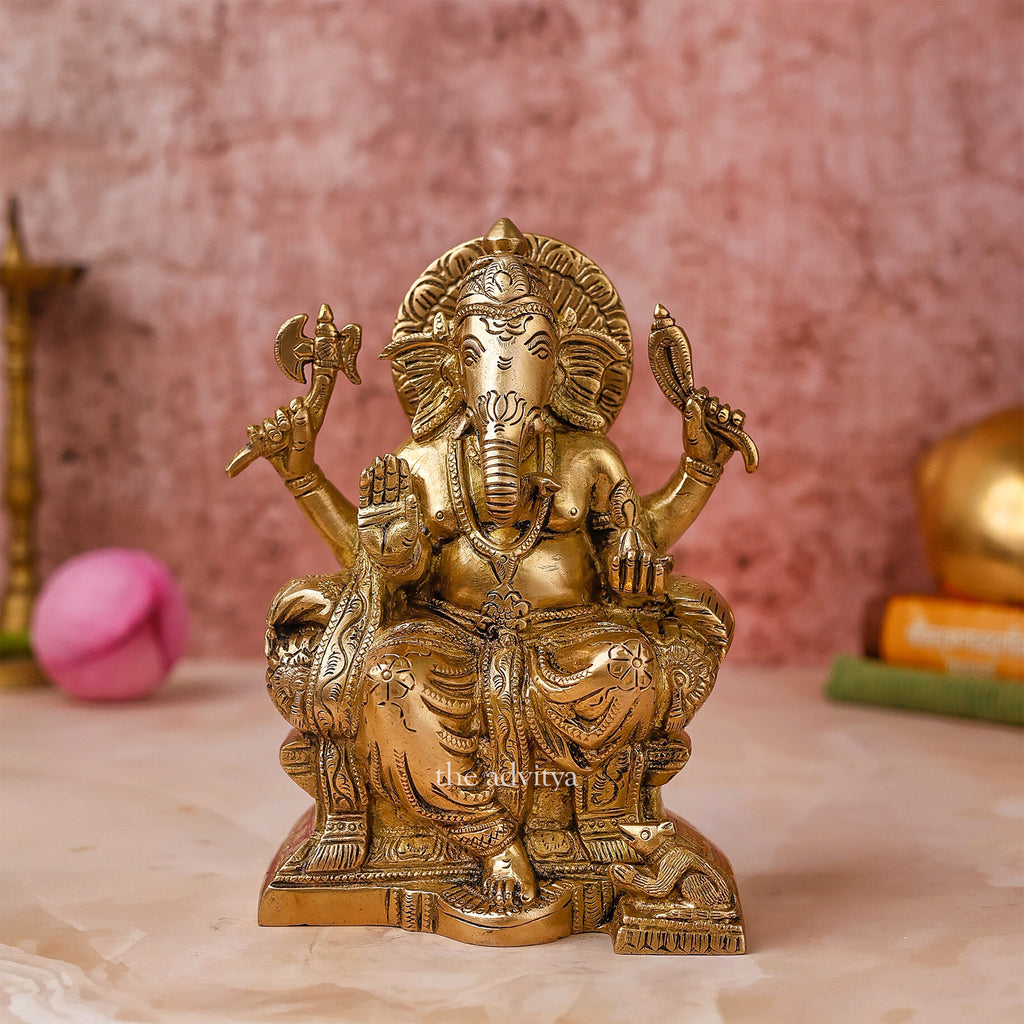The Evolution of Ganesha Statues through Time
Ganesha, the beloved elephant-headed deity, holds a special place in Hinduism and is revered as the remover of obstacles and the god of beginnings. The depiction of Ganesha in statues and idols has evolved significantly over the centuries, reflecting changes in art, culture, and religious practices. This blog explores the fascinating journey of the Ganesha statue, from its ancient origins to its contemporary forms.
Ancient Origins of
Ganesha Statues
The
earliest references to Ganesha date back to the Gupta
period (4th to 6th centuries CE). During this time, Ganesha statues were
relatively simple and less ornate. They primarily depicted Ganesha with a
potbelly, one tusk, and his signature elephant head. These early statues were
often made of stone and were placed in temples and shrines dedicated to various
deities.
Medieval Period
Ganesha in South and
Southeast Asia
As
Hinduism spread across South and Southeast Asia, so did the popularity of
Ganesha. During the medieval period, the Ganesha statue began to take on more
intricate and region-specific characteristics. In South India, for instance,
Ganesha statues from the Chola dynasty (9th to 13th centuries CE) were known
for their detailed carvings and realistic forms. The Cholas, renowned for their
bronze sculptures, contributed significantly to the creation of the brass Ganesh statue, which became a popular
medium due to its durability and aesthetic appeal.
In
Southeast Asia, particularly in countries like Indonesia and Thailand, Ganesha
statues incorporated local artistic styles. These statues often featured a
blend of Hindu and Buddhist elements, highlighting the syncretic nature of
religious practices in the region.
Colonial Era
Adaptations and Changes
The
colonial era brought about significant changes in the production and
distribution of Ganesha statues. With the advent of industrialization, mass
production techniques allowed for the creation of a wide variety of Ganesha idols.
Brass idols, in particular, became more accessible to the general public,
allowing for greater personal worship practices at home.
During
this time, the artistic depiction of Ganesha also saw a blend of traditional
and modern elements. The introduction of new materials and techniques led to
innovative designs while still maintaining the essential iconography of
Ganesha.
Contemporary Ganesha
Statues
Tradition Meets
Modernity
In
contemporary times, the Ganesha statue has continued to evolve, reflecting both
traditional craftsmanship and modern artistic expressions. Today, Ganesha
statues come in various forms, sizes, and materials, ranging from the classic
brass Ganesha statue to those made of marble, wood, and even eco-friendly
materials.
The modern Ganesha statue often features vibrant colours and intricate designs, appealing to a global audience. Artists experiment with abstract and minimalist styles, while others stay true to the traditional iconography. The use of technology has also enabled the creation of detailed and lifelike statues, enhancing the devotional experience.
Significance of Brass
Ganesha Statues
Among
the various materials used, the brass Ganesha statue holds a special significance. Brass, an alloy of copper and
zinc, is known for its longevity and resistance to corrosion. This makes brass
idols ideal for worship and display, ensuring that the divine presence of
Ganesha remains intact for generations.
Moreover,
the process of creating a brass Ganesha statue involves intricate
craftsmanship. Skilled artisans meticulously carve the deity's features,
capturing the essence of Ganesha's benevolence and wisdom. The sheen of brass
adds a divine glow to the idol, making it a cherished possession for devotees.
The Ever-Evolving
Ganesha Statue
The evolution of Ganesha statues is a testament to the enduring appeal and significance of this beloved deity. From ancient stone carvings to contemporary brass idols, each Ganesha statue reflects the artistic, cultural, and spiritual zeitgeist of its time. As we continue to honourGanesha in our homes and temples, these statues serve as a bridge between the past and the present, reminding us of the timeless wisdom and compassion of the god of beginnings.
Whether
you are drawn to the classic charm of a brass Ganesha statue or the innovative
designs of modern idols, each Ganesha statue holds a special place in the
hearts of devotees around the world, embodying the divine presence and
blessings of Lord Ganesha.




Comments
Post a Comment